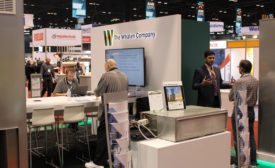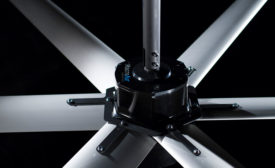Home » building codes
Articles Tagged with ''building codes''
High-efficiency Air Movement Options Remain in High Demand
Occupant comfort, energy savings, and increased efficiency goals are driving consumers’ demands
Read More
Dec. 5, 2014: ACCA Releases New Video Series for Code Officials
Aids in the Enforcement of Code Requirements Related to HVAC System Design
December 5, 2014
Alliance to Save Energy, BCAP Announce Split
BCAP to Begin Operating as Independent Organization
June 23, 2014
June 5, 2014: Building Codes Assistance Project to Become Independent Organization
BCAP Is a Resource for Information Related to Energy Code Development, Adoption, and Compliance
June 5, 2014
ICC Approves Updated Code
Update Aims to Reduce Energy Waste, Strengthen Code
December 23, 2013
Sept. 17, 2013: Code Changes, Green Certifications Drive Demand for Commissioning
Survey Reveals Building Commissioning Trends
September 17, 2013
Copyright ©2024. All Rights Reserved BNP Media.
Design, CMS, Hosting & Web Development :: ePublishing







